Table of content
Introduction
Peaches are a delightful and nutritious fruit enjoyed by many across the globe. Their juicy flesh, sweet taste, and vibrant color make them a perfect addition to summer salads, desserts, and smoothies. However, one aspect of peaches that can be quite off-putting for some is their fuzzy skin. This fine layer of fuzz, known scientifically as trichomes, can make handling and eating peaches less enjoyable. It can also pose a challenge for those with sensitive skin or allergies. In this comprehensive guide, we will explore various methods to effectively remove the fuzz from peaches, ensuring you can enjoy this delightful fruit without any hassle.
Understanding Peach Fuzz
Before diving into the removal techniques, it’s essential to understand what peach fuzz is and why it exists. Peach fuzz consists of tiny hairs that cover the surface of the fruit. These hairs serve several purposes, including protecting the fruit from pests and environmental stressors, such as sunburn and moisture loss. While beneficial for the peach, they can be a nuisance for consumers.
The fuzz can also trap dirt and pesticides, making thorough cleaning essential before consumption. Removing the fuzz not only enhances the eating experience but also ensures that you consume a cleaner, more appealing fruit.
Methods to Remove Peach Fuzz
Rubbing with a Soft Cloth or Sponge
One of the simplest and most straightforward methods to remove peach fuzz is by gently rubbing the fruit with a soft cloth or sponge. Here’s how you can do it:
- Preparation: Rinse the peach under cold running water to remove any surface dirt.
- Rubbing: Hold the peach firmly and use a soft cloth or sponge to gently rub the surface in circular motions. The friction created will help loosen and remove the fuzz.
- Rinsing: After rubbing, rinse the peach again under cold water to wash away any loose fuzz and dirt.
- Pat Dry: Use a clean paper towel or cloth to pat the peach dry.
This method is gentle and suitable for all peach varieties. However, it may not remove all the fuzz, especially from fuzzier varieties.

Using a Vegetable Brush
A vegetable brush, commonly used for cleaning vegetables and fruits, can also be effective in removing peach fuzz. Here’s a step-by-step guide:
- Preparation: As with the cloth method, start by rinsing the peach under cold water.
- Brushing: Hold the peach and gently scrub its surface with a soft vegetable brush. The bristles should be soft enough to avoid damaging the fruit’s skin but firm enough to remove the fuzz.
- Rinsing and Drying: Rinse the peach thoroughly under cold water to wash away the fuzz and any dirt that has been loosened. Pat the peach dry with a clean cloth or paper towel.
This method is more aggressive than using a cloth but still gentle enough to preserve the peach’s integrity. It’s particularly effective for removing stubborn fuzz.
Blanching and Peeling
For those who prefer a completely fuzz-free peach, blanching and peeling may be the best option. While this method removes the fuzz entirely, it also removes the skin, which contains nutrients and fiber. Here’s how you can do it:
- Blanching: Bring a pot of water to a boil. Create an ice bath by filling a bowl with ice and cold water. Carefully drop the peach into the boiling water for about 30-60 seconds. This will loosen the skin and fuzz.
- Peeling: Remove the peach from the boiling water and immediately plunge it into the ice bath to stop the cooking process. Using a paring knife, gently peel off the skin and fuzz.
- Preparation: Once peeled, you can slice, dice, or use the peach as desired.
While effective, this method is more time-consuming and results in the loss of some nutritional value. It’s best suited for recipes where the peach’s skin isn’t essential.
Using a Peach Fuzz Remover Tool
In recent years, specialized tools designed specifically for removing peach fuzz have become available. These tools, often made of soft silicone or plastic, are easy to use and highly effective. Here’s how you can utilize one:
- Preparation: Rinse the peach under cold water to remove any surface dirt.
- Using the Tool: Hold the peach in one hand and the fuzz remover tool in the other. Gently glide the tool over the peach’s surface in a circular motion. The tool’s design and material will help lift and remove the fuzz without damaging the fruit.
- Rinsing and Drying: Rinse the peach under cold water to wash away any loose fuzz and dirt. Pat the peach dry with a clean cloth or paper towel.
This method is quick, efficient, and preserves the peach’s nutritional value and texture. It’s an excellent choice for those who enjoy eating peaches raw or in recipes where the skin is important.
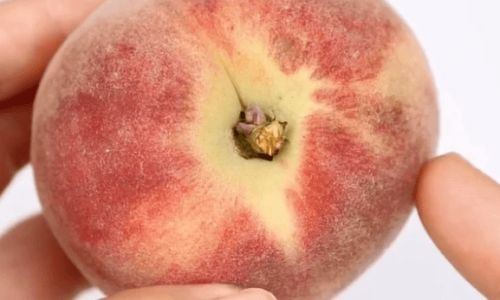
Natural Solutions: Using Vinegar or Baking Soda
Natural solutions like vinegar or baking soda can also be used to help remove peach fuzz. These methods work by breaking down the fuzz’s adhesive properties, making it easier to rinse away.
- Vinegar Solution: Create a solution of equal parts water and white vinegar. Dip a soft cloth or sponge into the solution and gently rub the peach’s surface. Rinse the peach thoroughly under cold water and pat dry.
- Baking Soda Solution: Make a paste by mixing a small amount of baking soda with water. Apply the paste to the peach’s surface using a soft cloth or sponge and gently rub in circular motions. Rinse the peach thoroughly and pat dry.
Both methods are eco-friendly and can be effective, but it’s important to rinse the peach well to avoid leaving any residual taste or texture.
Conclusion
Removing peach fuzz doesn’t have to be a daunting task. With the various methods outlined above, you can enjoy fuzz-free peaches that are clean, appealing, and ready to be incorporated into your favorite recipes or eaten raw. Whether you prefer a gentle approach using a cloth or sponge, a more aggressive scrubbing with a vegetable brush, or a complete removal with blanching and peeling, there’s a method that suits your needs.
Remember, the key to successful fuzz removal is gentleness and thoroughness. Avoid using abrasive materials or excessive force that could damage the peach’s skin and compromise its quality. By choosing the right method and following the steps carefully, you can ensure that your peaches are fuzz-free, clean, and ready to be enjoyed.
So, the next time you’re craving a juicy, sweet peach, don’t let the fuzz deter you. Use one of the methods discussed to remove it and enjoy the full, delightful experience that peaches offer. Happy peach-eating!
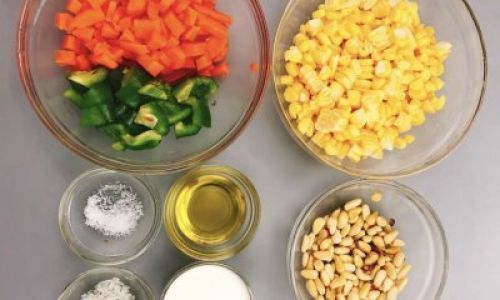
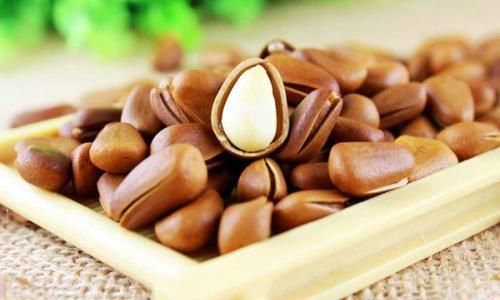
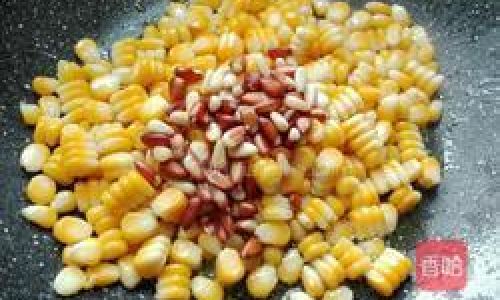
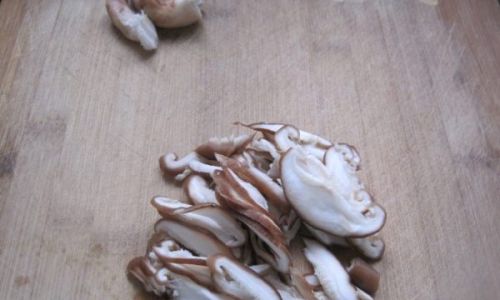
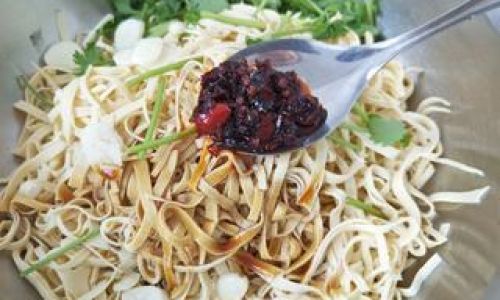
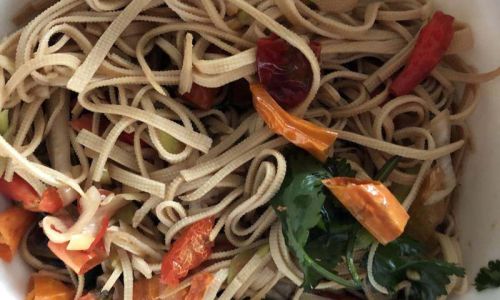
0 comments